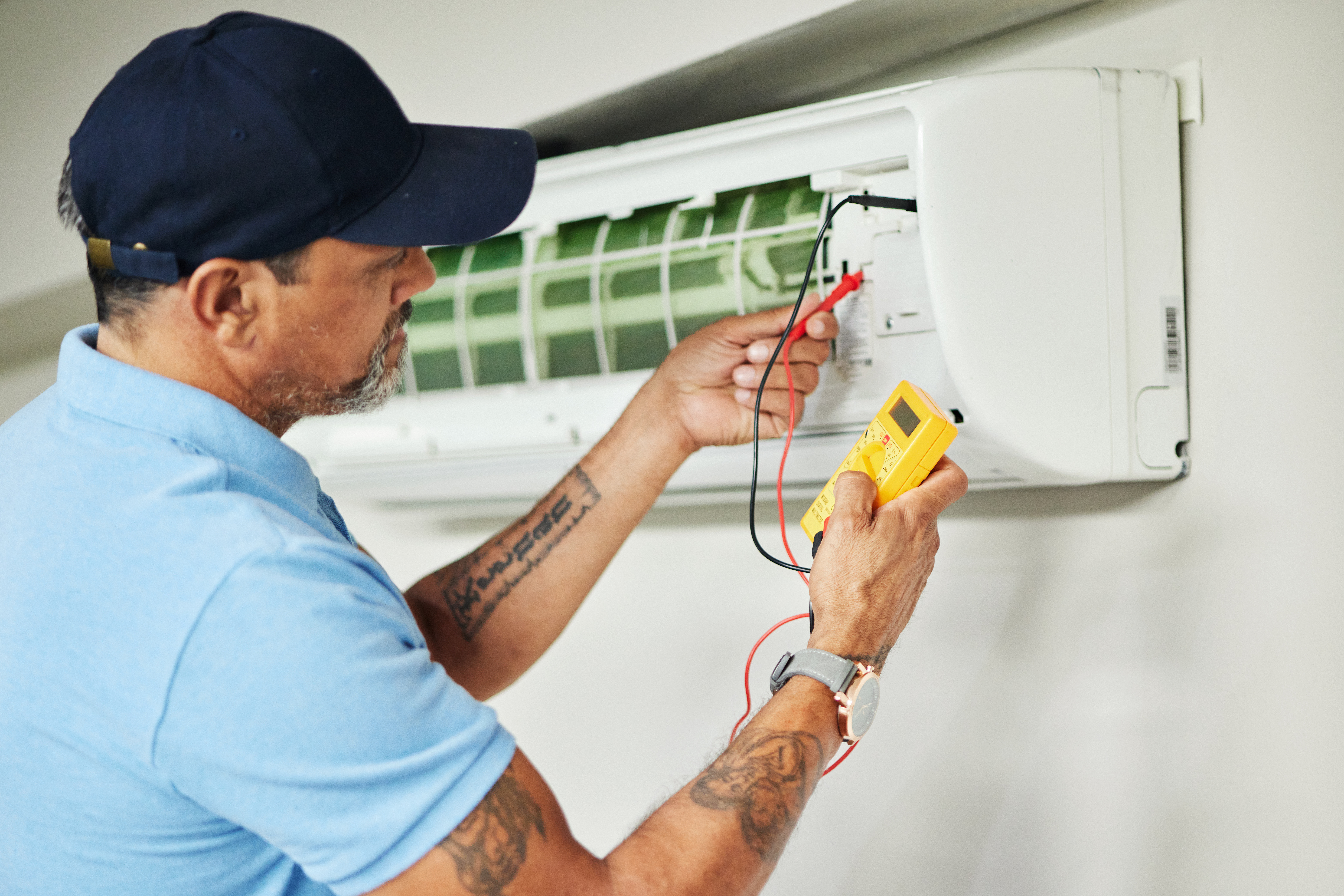As the summer heat fades away and the cooler fall temperatures settle in, now is the perfect time to start thinking about energy-saving strategies for the upcoming season. Prepping your home for fall and winter can not only keep you comfortable but also help reduce energy usage and cut down on costs. While we’ve already covered weatherproofing your home, here are some other practical energy-saving tips to help you get ahead of the cold months.
Tune-Up Your Heating System
One of the most important things you can do this fall is to make sure your heating system is running efficiently. A poorly maintained heating system can use far more energy than necessary, increasing your utility bill.
- Schedule a Maintenance Check: Fall is the ideal time to schedule a professional inspection and tune-up for your furnace or heat pump. Make sure filters are clean and all components are functioning properly to ensure maximum efficiency.
- Seal Duct Leaks: Leaky ducts can lead to a lot of wasted energy. If your home uses ductwork to circulate air, have your ducts inspected for leaks and seal them properly to avoid losing heat.
Take Advantage of Natural Light and Heat
With the sun setting earlier each day, it's important to make the most of natural light during the fall and winter.
- Open Curtains During the Day: On sunny days, keep your curtains and blinds open to let in as much natural sunlight as possible. The sun can help naturally heat your home, giving your heating system a break.
- Use Heavier Curtains at Night: When the sun sets, close your curtains to keep the warmth inside. Heavier, insulated curtains can help block drafts and reduce heat loss through windows.
Adjust Your Thermostat
Managing your thermostat wisely is one of the easiest ways to save energy in the fall and winter.
- Lower Your Thermostat at Night: Dropping the temperature by 7-10 degrees while you sleep can save up to 10% annually on heating costs. Use warmer bedding to stay comfortable.
- Use a Programmable Thermostat: If you don’t already have one, consider upgrading to a programmable or smart thermostat. This allows you to automatically adjust the temperature based on when you're home or away, preventing unnecessary energy use.
Utilize Ceiling Fans in Reverse
Many people don’t realize that ceiling fans aren’t just for summer cooling. In the fall and winter, reverse the direction of your ceiling fans to circulate warm air.
- Use the Reverse Setting: Most ceiling fans have a reverse switch that changes the direction of the blades. When set to rotate clockwise, the fan pushes warm air down from the ceiling, helping distribute heat evenly throughout your space.
Cook Smart
As fall sets in, you might find yourself using the oven more for comfort foods and seasonal baking. Use this to your energy-saving advantage.
- Use Your Oven to Heat Your Home: When you finish cooking, leave the oven door open to let the residual heat warm your kitchen. Just be sure to keep children and pets away from the open oven.
- Cook in Bulk: Prepare large meals and freeze leftovers to save time and energy. By cooking multiple dishes at once, you use your oven more efficiently, and fewer cooking sessions mean less energy usage.
Insulate Pipes for Efficiency
Another often overlooked area for energy savings is your home’s plumbing system. Prepping your pipes in the fall can prevent issues when temperatures drop.
- Wrap Exposed Pipes: Insulating pipes, especially in unheated areas like basements or garages, helps prevent heat loss as hot water travels to your faucets. This not only helps reduce energy costs but also prevents pipes from freezing in extreme temperatures.
- Lower Water Heater Temperature: Lower your water heater temperature to 120°F (if it’s higher) to save on energy costs. A lower temperature is still hot enough for most household needs and reduces the risk of scalding.
Use Energy-Efficient Lighting
With shorter days, you’ll likely rely on artificial lighting more. This fall, consider switching to energy-efficient options to reduce your electricity usage.
- Switch to LED Bulbs: LED bulbs use significantly less energy than traditional incandescent bulbs and last much longer. As the days get darker earlier, replacing your lighting with LEDs is a quick and easy way to save on electricity.
- Install Motion Sensors: For outdoor lighting, consider installing motion sensors so lights only come on when they’re needed. This reduces energy waste while still providing security.
Conclusion
Preparing your home for fall and winter doesn’t have to be complicated or expensive. By following these energy-saving tips, you’ll be able to stay comfortable as the temperatures drop while also cutting down on your energy bills. Whether you’re fine-tuning your heating system, making the most of natural sunlight, or adjusting your thermostat, small changes can add up to significant savings. Take the time this fall to implement these strategies and enjoy a cozy, energy-efficient home as the cooler months roll in.
